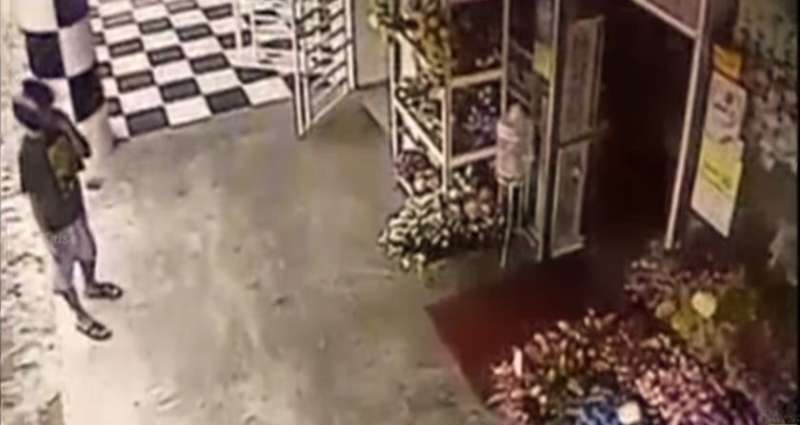August 2, 2016 report
Showing people slow motion video of crime found to distort perceived intent

(Medical Xpress)—A trio of researchers with the University of Chicago, the University of San Francisco and the University of Virginia has found via experimentation that people watching video of actions by other people in slow motion tend to have a distorted view of perceived intent. In their paper published in Proceedings of the National Academy of Sciences, Eugene Caruso, Zachary Burns and Benjamin Converse outline their experiments with volunteers, what they found and why they now believe that the use of slow motion video as evidence in court cases and by officials at sporting events should be changed.
The introduction of camera capture by video phones, in conjunction with increased use of surveillance cameras has led to unprecedented amounts of video footage some of which captures people committing crimes. And as more crimes have been captured on tape, more of them have been played to juries in slow motion as prosecutors seek to bolster their cases. But that might have to change because it may lead to a distorted view of the intent of the people depicted in such videos, the researchers found.
Very often when crimes occur, the researchers note, things happen fast. To really see what happened requires slowing the video. But they contend that it may lead those watching the video to feel that a person caught in the act had more time to formulate a response than was actually the case. They came to this conclusion by conducting a series of experiments with volunteers serving as pretend jurors at a mock trial for a person that was accused of murdering a shop keeper—some saw the video in real time, others the slowed version, while others saw both versions. That the accused had killed the shop keeper was not at issue—clearly the accused had shot him—what was at issue was whether the killer had taken the time to think it over and thus intended to kill the victim, or whether it was simply a reaction and thus a lesser crime.
After looking at the data, the researchers found that those jurors that saw only the slowed version of the video were three times more likely to vote for convicting the perpetrator of first degree murder than those who saw the video at normal speed. Those that watched both versions were just under twice as likely to vote to convict the perpetrator of first degree murder. The researchers suggest watching the action in slow motion creates the illusion that people have more time to think than they actually do, which can lead to a distortion of perception of intent. Because of that, they suggest changing the use of slow motion in courts, or even in sporting events, to reflect such distortions.
More information: Eugene M. Caruso et al. Slow motion increases perceived intent, Proceedings of the National Academy of Sciences (2016). DOI: 10.1073/pnas.1603865113
Abstract
To determine the appropriate punishment for a harmful action, people must often make inferences about the transgressor's intent. In courtrooms and popular media, such inferences increasingly rely on video evidence, which is often played in "slow motion." Four experiments (n = 1,610) involving real surveillance footage from a murder or broadcast replays of violent contact in professional football demonstrate that viewing an action in slow motion, compared with regular speed, can cause viewers to perceive an action as more intentional. This slow motion intentionality bias occurred, in part, because slow motion video caused participants to feel like the actor had more time to act, even when they knew how much clock time had actually elapsed. Four additional experiments (n = 2,737) reveal that allowing viewers to see both regular speed and slow motion replay mitigates the bias, but does not eliminate it. We conclude that an empirical understanding of the effect of slow motion on mental state attribution should inform the life-or-death decisions that are currently based on tacit assumptions about the objectivity of human perception.
© 2016 Medical Xpress





















